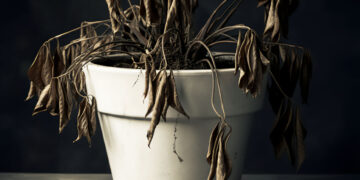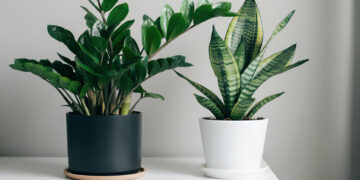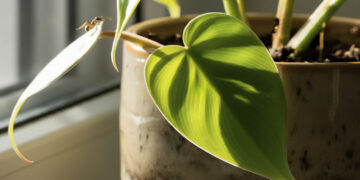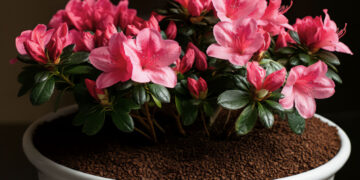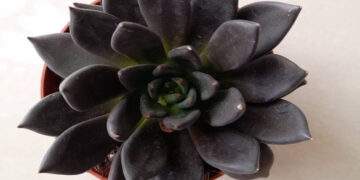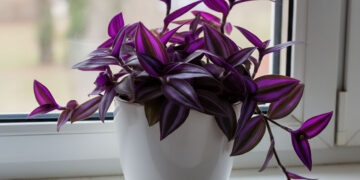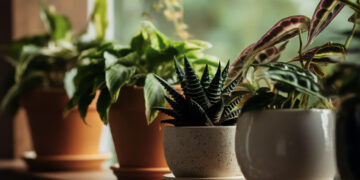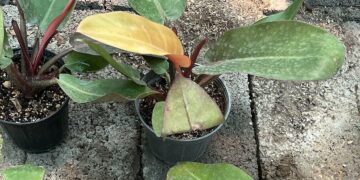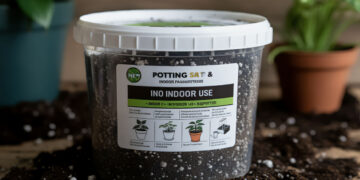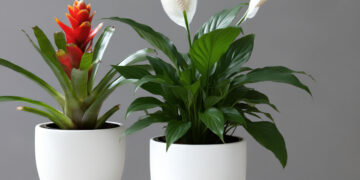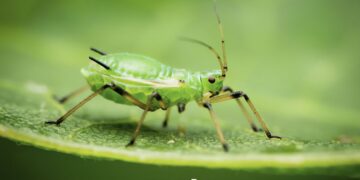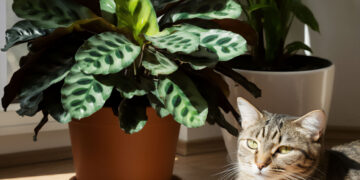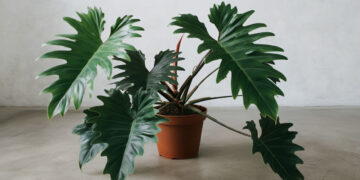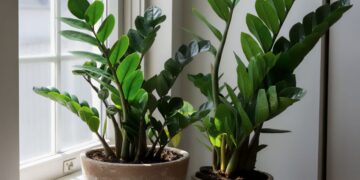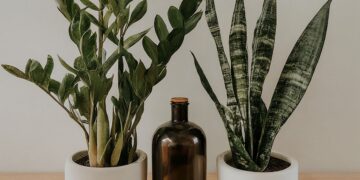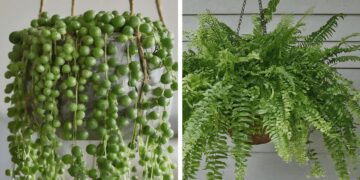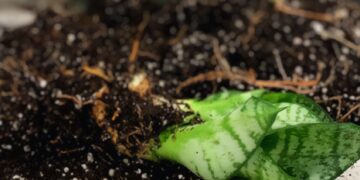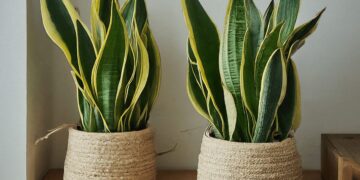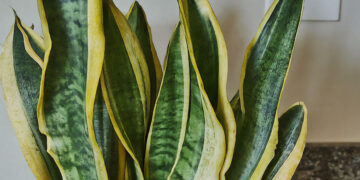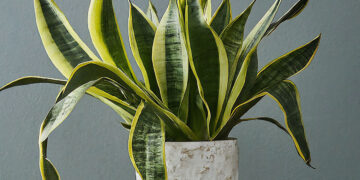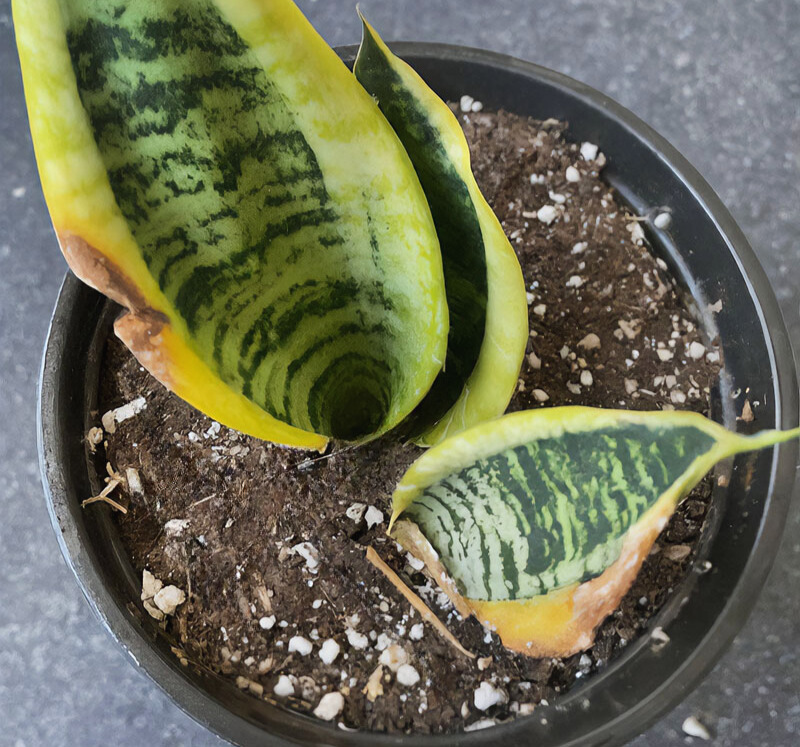
If you see brown spots on the leaves of snake plants and look bad, don’t worry. We can work around it. Let’s explore how to get on top of brown spots on snake plants leaves.
Brown Tips vs. Brown Spots
Some people confuse brown spots with brown tips. It is better to know something from the beginning. Brown tips mostly turn brown and crispy at the edges of the leaves due to underwatering, low humidity, or salt build-up from fertilizer or tap water. However, Brown spots are a very serious issue and can potentially cause root rot in your snake plant or even lead to its death. Spots may appear anywhere on the leaf and can vary in size.
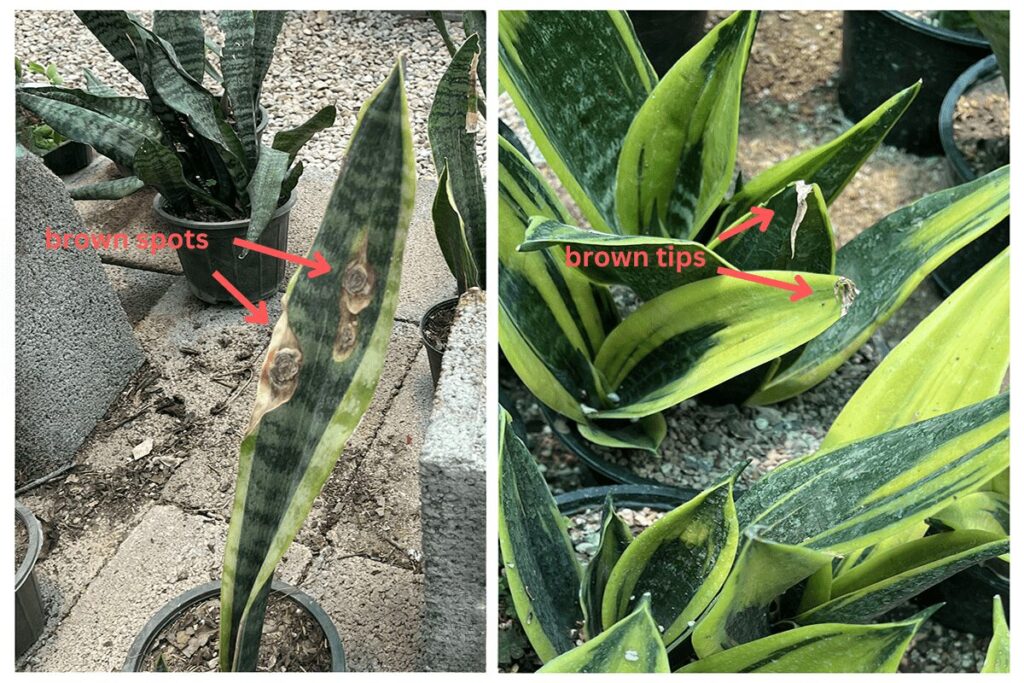
All you need to do with snake plant brown spots
It is not very difficult to understand why brown spots appear on snake plants
Watering problems
As you know, snake plant watering is a vital factor in the snake plant or mother-in-law’s tongue care. There are usually three possible problems.
First, when you water the snake plant less than it needs, you see dry and crispy brown tips on the leaves.
Second, when you water it too much and it becomes overwatered, mushy brown spots appear on the stems and leaves, and the bad smell of soil bothers you.
Third, if you do not pay attention to the quality of the water and use tap water with chlorine, you find brown spots after watering.
Treatment
I follow how much water a snake plant needs and buy the best soil for snake plant. In addition, I always give snake plants some water with good quality, such as distilled water and rainwater.
Tip: Remember, If you want tap water without chlorine, just leave it in the open air for a while and then use it.
Pest Infestations
When annoying pests or webbing are found on the leaves, you will definitely see messy brown spots, too.
Treatment
I usually dust the snake plant leaves, but when I see signs of pest infestation, I separate the snake plant from the other houseplants and spray it with insecticidal soap, neem oil or alcohol sprays.
Fungal or Bacterial Infections
If you smell a bad scent around your snake plant pot and see fuzzy growth and lesions on the leaves, your snake plant has unwanted guests called fungal or bacterial infections.
Treatment
As I cared about the snake plant’s light Requirements and humidity, and I put it where it has excellent air circulation, my snake plant has not suffered from any problems such as fungal or bacterial infection. Absolutely, if it happens, you must know how to prune a snake plant and fight them with fungicide.
Tip: Go to the damaged and affected area. If it covers a large area, the whole leaf should be trimmed.
Nutrient Deficiencies
When you notice that the snake plant leaves are turning yellow and there are brown spots on them, the snake plant may be lacking in nutrients.
Treatment
My golden solution is to use snake plant fertilizer.
Environmental Stressors
Snake plants believe in living in a balanced way without any sudden changes. If you change its position quickly, it will get stressed, as well as the brown spots on the edges and tips.
Treatment
If you’re mindful of the snake plant’s light needs and keep the temperature between 60-85°F or 15-29°C, not only will there be no problems, but the snake plant will also grow well and see how big do snake plants get.
All snake plants in danger of brown spots
It doesn’t matter what types of snake plants, whether you keep snake plant outside or inside; every snake plant is at risk of brown spots, but they may have different reasons and reactions.
For example, if your snake plant has thin leaves, it is more sensitive. It will suffer even more physical damage, and on the contrary, if your snake plant has wide and thick leaves, problems such as overwatering and pests will not stop.
Now, suppose you keep your snake plant in the living room. Well, it is natural that watering problems will harsh it more. If your snake plant is in the garden, temperature changes and light and pests are waiting in the shadows.
Recovery and Regular Care
If you check the snake plant typically, you will recognize the problem sooner, and the unhealthy snake plant will be cured faster. Like other diseases, the more severe the disease, the longer the treatment period of the snake plant. Imagine the issues are mild, such as temporary stress or minor pest attacks. In that case, your snake plant will recover within a few weeks. Still, fungal or bacterial infections may take several months to heal.
So, besides regular snake plant care, please control the health of the whole plant, as well as the texture and colour of the leaves. Don’t forget the underside of leaves, and I must say that this is exactly the area that is most attacked by pests because it is not visible at first sight.
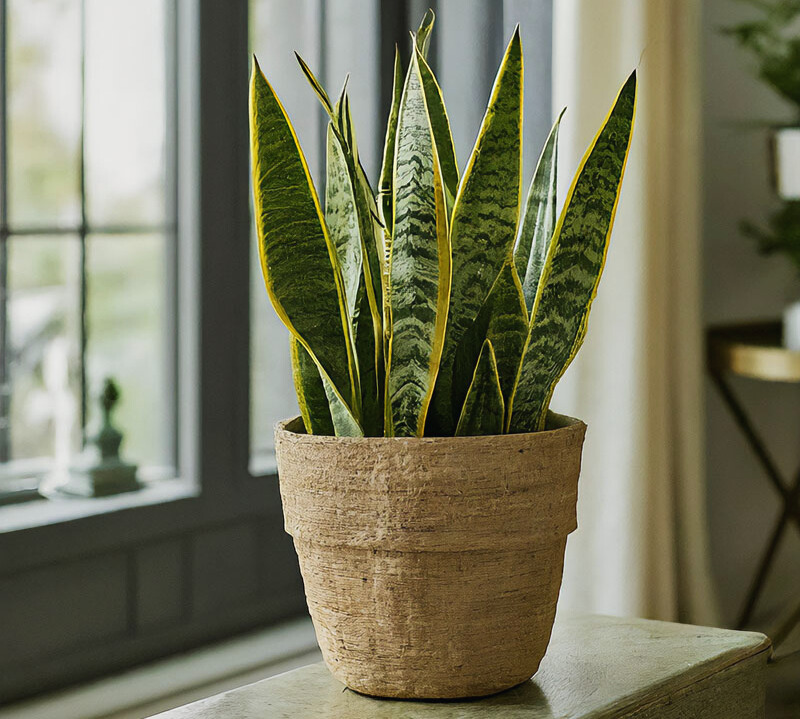
Questions or experiences to share? Leave a comment. Your insights matter
